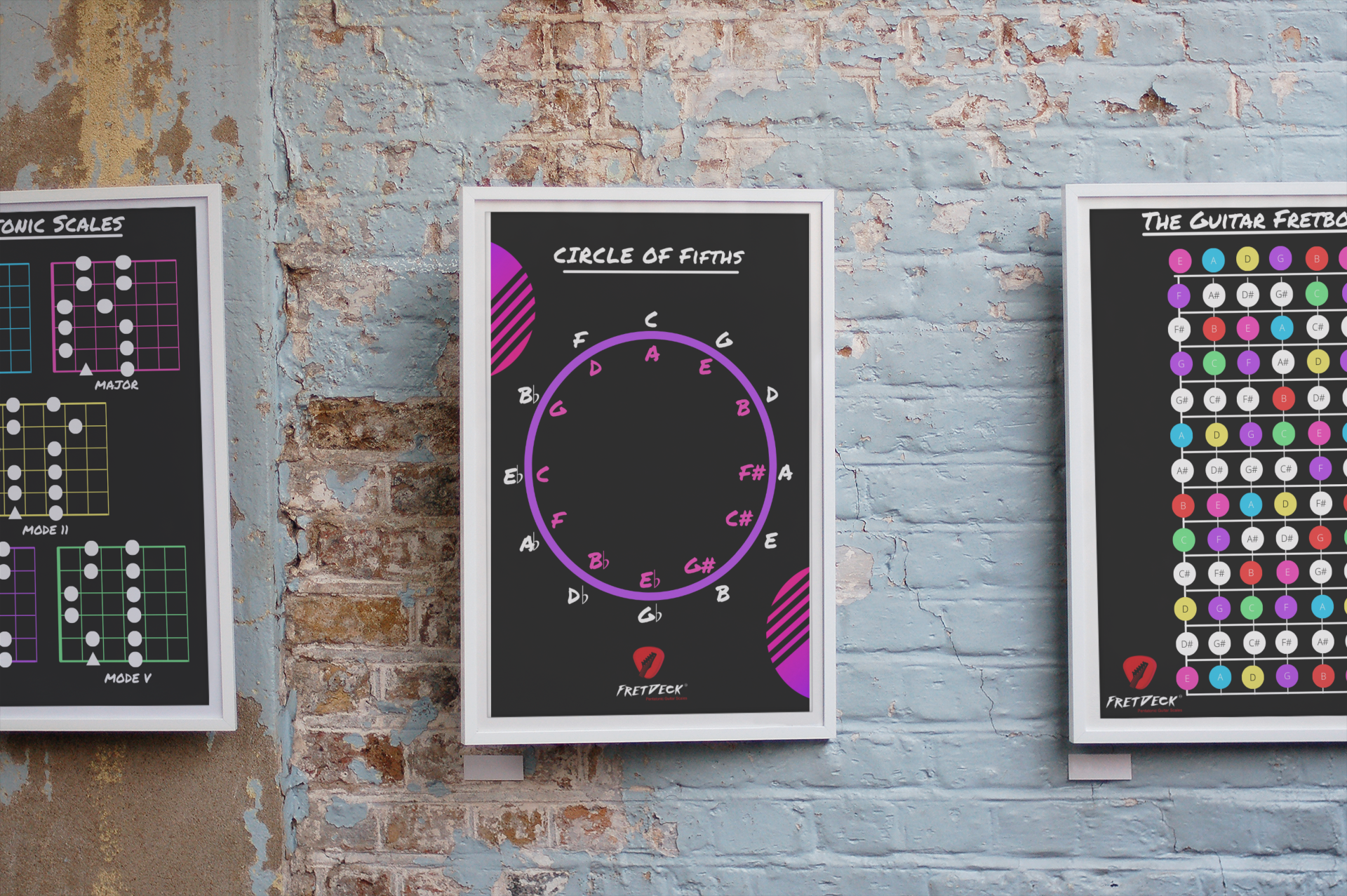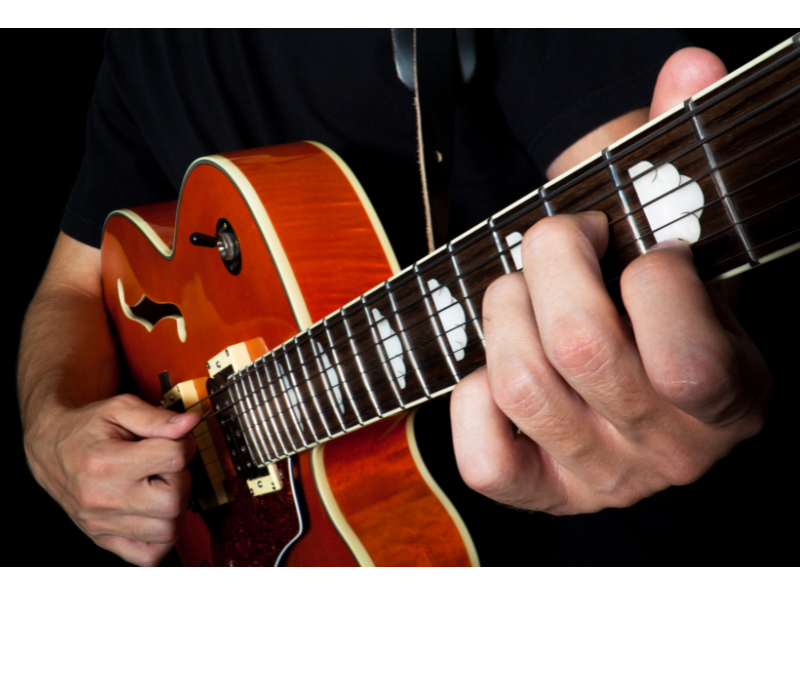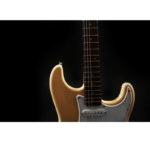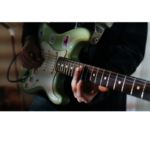An Overview of the Most Important Guitar Chords
Learning guitar chords is one of the first steps every guitar player takes. Chords are the building blocks of music and are used in virtually every genre, from rock and blues to jazz and pop. But with so many chords to learn, where do you start? In this guide, we’ll take a deep dive into the most essential guitar chords, how to use chord charts to master them, and why understanding “guitar chords all” is a crucial part of becoming a versatile guitarist.
What Are Guitar Chords?
In simple terms, a guitar chord is a set of notes played simultaneously. When you press down on specific frets and strum the strings, you produce a harmony of sounds that create a chord. Chords are typically made up of three or more notes, and they can be major, minor, augmented, diminished, or involve other complex variations.

Download FREE Guitar Charts!
We have 27 FREE guitar charts to help you learn the guitar fretboard. Learn How to play chords and scales with these free resources.
Free Guitar Resources
The Essential Guitar Chords You Must Know
There are hundreds of guitar chords, but some are more foundational than others. Here are the most important ones to master:
1. Open Chords
- G Major: One of the first chords most guitarists learn. It has a bright, full sound and is used in countless songs.
- C Major: A versatile chord that serves as a foundation for many other chords and is often combined with G Major.
- D Major: A staple in many rock and pop songs, D Major is a go-to chord for creating upbeat and cheerful melodies.
- A Major: Often found in blues and country music, A Major has a rich, open sound.
- E Major: A powerful chord used in rock and blues, it’s also the basis for many barre chords.
- E Minor: This is one of the easiest chords to play and is often used to create a moody or introspective feel.
2. Barre Chords
- F Major: A challenging chord for beginners, but essential for playing in different keys. It’s an E Major shape moved up one fret.
- B Minor: A barre chord that’s critical for playing in the key of G and often used in folk and pop music.
3. Power Chords
- A5 and E5: These two-note chords are a staple of rock and metal music. They are easy to play and provide a punchy, aggressive sound.
4. 7th Chords
- D7 and A7: Common in blues and jazz, these chords add a jazzy, soulful feel to your playing.
- G7 and E7: These are dominant 7th chords, adding tension and leading smoothly into other chords in progressions.
5. Minor 7th and Major 7th Chords
- A Minor 7: Adds a layer of depth and is often used in jazz and R&B.
- C Major 7: A dreamy, relaxed chord that’s perfect for ballads and smooth jazz.
Why “Guitar Chords All” Matter
Learning all types of chords expands your musical vocabulary and allows you to play more complex pieces. When you know a wide range of chords, you can easily switch between genres and styles, whether you’re playing pop, blues, or jazz. This versatility makes you a more valuable musician, whether you’re performing solo or as part of a band.
Using Guitar Chord Charts to Master All Guitar Chords
Guitar chord charts are one of the most valuable tools for learning guitar. They visually represent the guitar fretboard and show you where to place your fingers to play each chord. Here’s how to use chord charts effectively:
1. Understand the Layout
- A chord chart typically has six vertical lines representing the guitar strings (from left to right: low E, A, D, G, B, high E).
- The horizontal lines represent the frets. The top line is the nut (the end of the fretboard), and the lines below represent the first, second, third frets, etc.
2. Read the Chord Diagram
- Dots indicate where to place your fingers. Numbers (1, 2, 3, 4) show which finger to use (index, middle, ring, pinky).
- An “X” above a string means you don’t play that string.
- An “O” means you play that string open (without pressing any frets).
3. Practice with a Purpose
- Start with basic open chords like G, C, D, and E minor. Practice transitioning between them until it feels natural.
- Gradually move to barre chords and more complex shapes like 7th and suspended chords.
- Use a metronome to practice switching between chords smoothly and in time.
Free Guitar Chord Charts
At Guitar Freaks Blog, we provide free downloadable guitar chord charts that can help you master all the chords mentioned in this article and more. These charts are designed to be beginner-friendly, with clear diagrams and explanations.
What You’ll Find in Our Free Chord Charts:
- Basic Open Chords: Perfect for beginners looking to get started.
- Barre Chords: Learn how to move shapes around the fretboard to play chords in different keys.
- Power Chords: Ideal for rock and metal enthusiasts.
- 7th Chords: Expand your musical palette with these jazzy, bluesy chords.
- Advanced Chords: Including diminished, augmented, and complex jazz chords.
How to Practice All Guitar Chords
1. Create a Practice Schedule
- Dedicate 15-30 minutes daily to practicing chords.
- Focus on 3-4 new chords each week while revisiting ones you’ve already learned.
2. Use Songs to Reinforce Learning
- Pick songs that use the chords you’re learning. This helps you see how the chords are used in real music and improves your muscle memory.
3. Practice Progressions
- Work on common chord progressions like I-IV-V (e.g., C-F-G) or ii-V-I (e.g., Dm-G-C). These are used in countless songs across genres.
4. Apply Chords to Different Keys
- Once you’ve mastered a set of chords, try playing them in different keys. For example, if you know G, C, and D, try playing A, D, and E.
Tips for Transitioning Between Chords Smoothly
Smooth transitions between chords are crucial for good rhythm and flow. Here are some tips:
1. Visualize the Next Chord
- Before you switch chords, picture where your fingers need to go. This helps your fingers move automatically.
2. Practice Slow
- Play slowly at first, focusing on accuracy. Speed up gradually as you get more comfortable.
3. Use Anchor Fingers
- Keep a finger in place when moving between chords, if possible. For example, when switching between G and D, the ring finger can stay on the B string.
4. Use Chord Transitions as a Warm-Up
- Spend the first few minutes of your practice session just transitioning between two or three chords. This warms up your fingers and builds muscle memory.
Advanced Guitar Chord Techniques
As you become more comfortable with basic and intermediate chords, you can start exploring more advanced techniques:
1. Chord Inversions
- Play chords with a different note in the bass (e.g., C/G or D/F#). This adds variety to your sound.
2. Slash Chords
- Chords written as “C/G” or “D/F#” indicate that the note after the slash is the bass note. This technique creates smooth bass lines and richer harmonies.
3. Chord Substitutions
- Use different chords in place of the original to add complexity and interest. For example, replace a standard C chord with a Cmaj7.
4. Hybrid Picking
- Combine fingerpicking and strumming to create intricate rhythms and textures. This technique is used a lot in folk and country music.
Using Our Guitar Chord Charts to Master All Guitar Chords
Our free guitar chord charts at Guitar Freaks Blog are a fantastic resource for both beginners and advanced players. Here’s how to get the most out of them:
1. Print Them Out
- Having a physical copy can be very helpful when practicing. You can easily reference the charts while you play.
2. Organize by Category
- Arrange the charts by chord type (e.g., open chords, barre chords, 7th chords). This makes it easier to find the chord you need when practicing.
3. Use Them for Songwriting
- Chord charts are a great tool for songwriting. You can quickly find and experiment with different chords to see what sounds good together.
4. Challenge Yourself
- Try to learn a new chord every day or week. Use the charts to find chords you’re not familiar with and incorporate them into your practice.
Conclusion
Mastering “guitar chords all” is a journey that will make you a more versatile and skilled guitarist. Whether you’re just starting with the basics or exploring advanced jazz chords, understanding and practicing a wide range of chords is essential. Make use of chord charts, practice

Download FREE Guitar Charts!
We have 27 FREE guitar charts to help you learn the guitar fretboard. Learn How to play chords and scales with these free resources.
Free Guitar Resources










